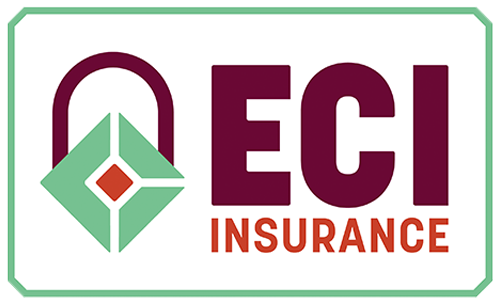
Copays
What is a Copay?
A copay (also referred to as a copayment) is a small, flat charge that you pay after each Dr. visit or fill a prescription. For example, if you tweak your knee and go visit the Dr. the amount they charge for the visit is your copay. The amount that you have to pay is typically list on your Health ID Card. Often, a Copay can be broken into General visits and Specialist visits, with the specialist costing you a bit more. Copays cover your portion of the cost of a doctor’s visit or medication.
Will I Always Have a Copay?
Not always. Not all health care plans have copays as a part of their plan. Some plans may use both copays and a deductible/coinsurance, depending on the type of covered service. Also, some services may be covered at no out-of-pocket cost to you, such as annual checkups and certain other preventive care services.
Deductibles
What is a Deductible?
A deductible is amount you are responsible for each year for most covered medical services or medications before your health insurance provider will kick in and pay a portion of covered services. For example, if you have a $2,000 yearly deductible, you’ll need to pay the first $2,000 of your total eligible medical costs before your plan helps to pay.
Costs that typically count towards deductibles:
- Bills from a hospital stay
- Surgery
- Lab Tests
- MRIs & CAT scans
- Anesthesia
- Doctor visits not covered by Copay
- Medical Devices
Costs that don’t:
- Copays
- Premiums
- Expenses not covered
Deductibles for an entire family versus an individual are going to be different amounts. Even if your plan includes out-of-network benefits, your deductible amount will typically be much lower if you use in-network doctors and hospitals.
How Much Should I Choose for my Deductible Amount?
If you’re relatively healthy and don’t typically visit the Dr often for expensive medical procedures, a plan with a higher deductible and lower premiums may make the most sense for you.
On the other hand, if you know you have costly procedures that will have to be done this year or a medical condition that needs to be taken care of, a plan with a lower deductible and higher premiums that will pay more for your medical costs may be the answer for you. This may also be a good fit for active families that are involved in active sports.
What is the Difference Between a Deductible and a Copay?
A deductible is the amount you have to pay for covered services before the health insurance company will help chip in with the cost. If your plan includes copays, you pay the copay flat fee at the time of service (at the pharmacy or doctor’s office, for example). Depending on how your plan works, what you pay in copays may count toward meeting your deductible.
Coinsurance
What is Coinsurance?
Coinsurance is a percentage of the medical cost you’re responsible after your deductible has been met. Coinsurance is a way splitting the cost with your insurance company in an amount that equals 100%.
For example, if your coinsurance is 20 percent, you pay 20 percent of the cost of your covered medical bills. Your health insurance plan will pay the other 80 percent. If you meet your annual deductible in June, and need an MRI in July, it is covered by coinsurance. If the covered charges for an MRI are $2,000 and your coinsurance is 20 percent, you need to pay $400 ($2,000 x 20%). Your insurance company or health plan pays the other $1,600. The higher your coinsurance percentage, the higher your share of the cost is. You are also responsible for any charges that are not covered by the health plan, such as charges that exceed the plan’s Maximum Reimbursable Charge.
What is an the max-out of pocket (aka out-of-pocket maximum?)
Out-of-pocket maximum is the max amount you could pay for covered medical services in a year. The max out pocket will include money that you have spent on copays, deductibles, and coinsurance. Once you reach your annual out-of-pocket maximum, your health plan will pay the entire amount of your covered medical and prescription costs for the rest of the year.
Here’s an example.** You have a plan with a $3,000 annual deductible and 20% coinsurance with a $6,350 out-of-pocket maximum. You haven’t had any medical expenses all year, but then you need surgery and a few days in the hospital. That hospital bill might be $150,000.
You will pay the first $3,000 of your hospital bill as your deductible. Then, your coinsurance kicks in. The health plan pays 80% of your covered medical expenses. You’ll be responsible for payment of 20% of those expenses until the remaining $3,350 of your annual $6,350 out-of-pocket maximum is met. Then, the plan covers 100% of your remaining eligible medical expenses for that calendar year.
Depending on your plan, the numbers will vary—but you get the idea. In this scenario, your $6,350 out-of-pocket maximum is much less than a $150,000 hospital bill!
Health insurance can be confusing, but we can help make it easy. For a quote on your Oklahoma health insurance visit our website, text, or call our office at 405-373-2977.
Also Read: What You Need to Know About COBRA Insurance


